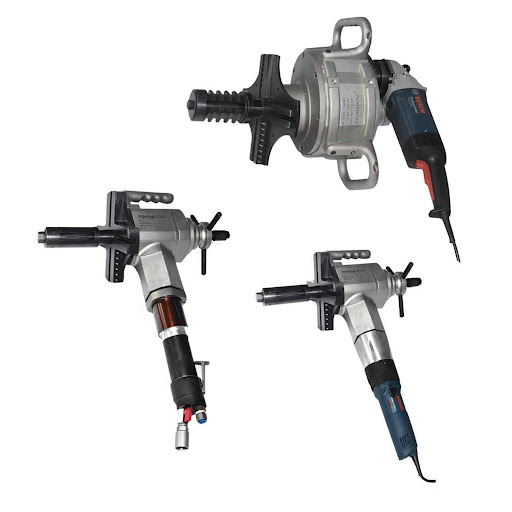Mistakes to Avoid When Choosing the Best Bevelling Machines

Choosing appropriate bevelling machines enables you to achieve either high-quality professional outcomes or prevent needless financial losses. Many businesses choose to buy equipment in haste without adequate research which creates operational troubles and safety risks for their operations. Your selection of bevelling equipment determines how well your fabrication workflow operates as well as productivity and financial performance in the metal fabrication industry. This article provides awareness about frequent setbacks that occur in bevelling machine investments to help you determine suitable purchasing choices for your needs.
1.Ignoring Material Compatibility
The critical error during bevelling equipment shopping occurs when manufacturers don’t consider their working material types. Bevellers possess different specifications to operate with specific metal types and material thicknesses. Cutoff features of Aluminum differ fundamentally from those applicable to both steel and stainless steel materials. Operating a mild steel-rated machine on harder materials causes both substandard outputs and early breakdowns of your equipment.
2.Overlooking Maintenance Needs
The majority of buyers examine purchase costs exclusively while ignoring the future expenses of care needed for the product. The proper maintenance of bevel machines is mandatory for maintaining their operational safety alongside performance quality. The cost of maintaining a beveling machine increases due to the manufacturer’s usage of expensive proprietary components or standard parts that might be hard to obtain from regular suppliers.
3.Underestimating Power Requirements
Most users fail to consider power requirements during their search for bevelling equipment. Not having enough power causes the work process to move slowly while producing irregular bevels and producing premature failure of motors. Check the requirements of your electrical system (voltage, phase and amperage and also evaluate the actual power needs for routine workloads.
4.Neglecting Ergonomic Factors
The physical demands of operating bevelling machines can result in operator fatigue and even injury when ergonomics are ignored. Portable units should balance weight with power, while stationary models should position controls and work surfaces at comfortable heights. Consider the frequency and duration of use when evaluating ergonomic features.
5.Disregarding Safety Features
The greatest danger in selecting bevelling equipment begins when safety features are not given proper consideration. Modular machines come equipped with emergency stop buttons as well as thermal overload protection systems along with protective barriers which prevent personnel from reaching sensitive cutting surfaces. Few buyers disable safety features to boost production speed or bypass training protocols to reduce their work duration. The operational practice results in equipment accidents alongside production stoppages as well as legal penalties.
Conclusion
Your choice of pipe beveling tool will be optimized through investment return when you evade these typical errors in selection. Be systematic in your requirements assessment and do detailed research and speak with professional operators to reach your purchase decision. Find a pipe beveling instrument according to your workflow requirements rather than selecting the most luxurious or complex device available. A systematic approach to your equipment selection process combined with avoiding common mistakes will lead you to buying equipment that drives productivity growth and high-quality performance and enables business expansion throughout many years.







